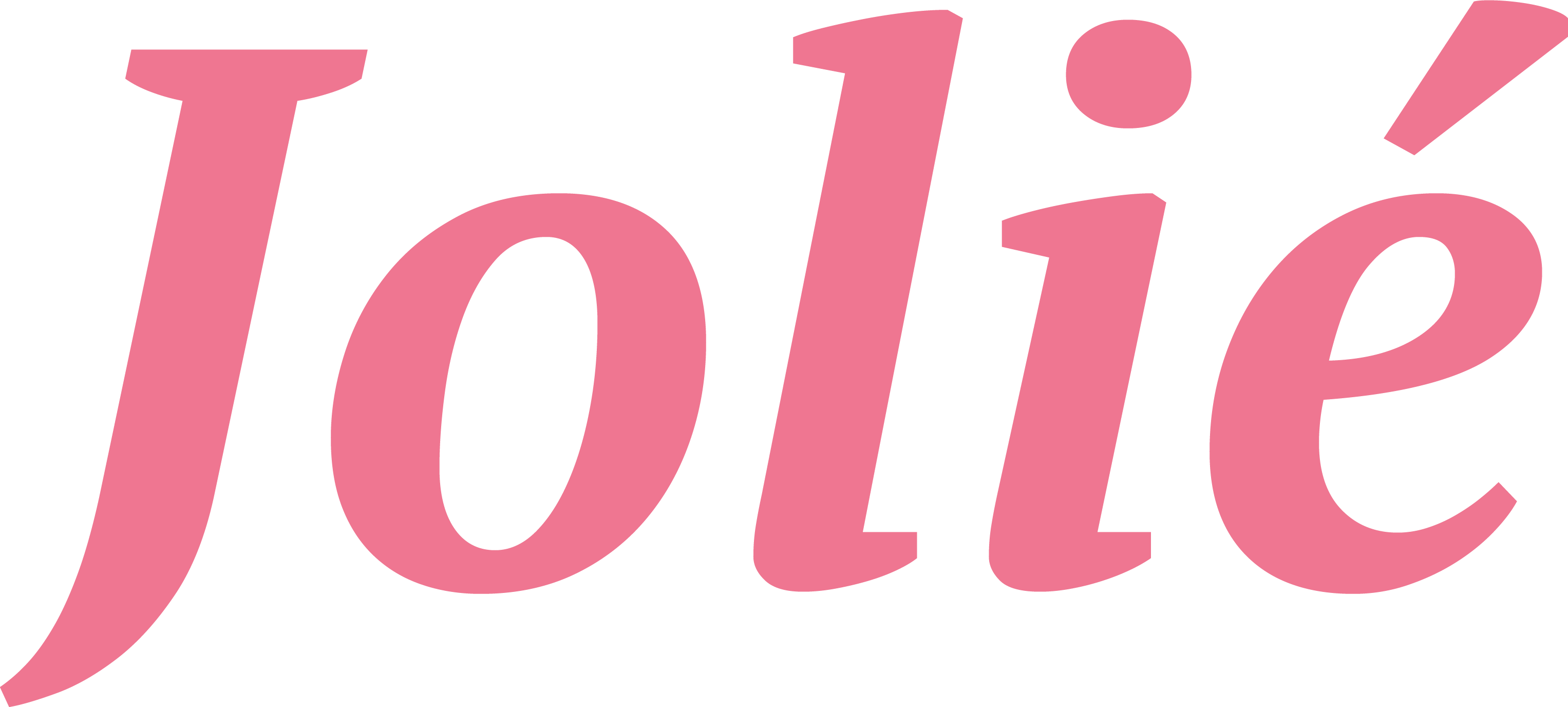Gone are the days when wearing preloved clothes came with a whisper of shame. In today’s fashion landscape, sporting a secondhand outfit is a badge of honor, a declaration of style and sustainability that’s worn with pride. This seismic shift in perception is a welcome change, signaling a move towards more conscious consumerism without sacrificing an ounce of chic.
The fashion world has taken note, with icons like the new editor of Vogue championing the allure of vintage finds alongside the latest from luxury powerhouses. Her debut issue is a testament to the evolving narrative, placing secondhand fashion on the same pedestal as brand-new couture.
But this isn’t just a fleeting trend; it’s a movement with deep roots and an expansive reach. The drive towards secondhand comes partly from an ethical awakening. Shoppers are increasingly seeking ways to make positive choices for the planet and for the people behind their clothes. This push towards ethical fashion comes at a crucial time, as the industry reckons with its environmental impact and the treatment of garment workers worldwide.
The beauty of secondhand fashion lies in its diversity. It’s no longer just a niche for thrift enthusiasts or those chasing the allure of affordable prices. Platforms like Depop cater to the younger demographic, offering an eclectic mix of items that mirror the ever-evolving trends, from cowboy boots to chic Longchamp bags. Meanwhile, luxury aficionados flock to sites like Vestiaire and TheRealReal, where treasures from Gucci to Chanel await at a fraction of their original cost. This democratization of high-end fashion broadens its appeal, inviting a wider audience to partake in its exclusivity.
However, the rapid growth of the secondhand market brings its own set of challenges. The ease and affordability of shopping preloved could potentially fuel a disposable mindset, mirroring the fast fashion cycle. This paradox raises concerns about the longevity of secondhand garments and the risk of perpetuating a cycle of consumption without consequence.
Moreover, the global trade in secondhand clothing, while solving one problem, may create another. The Or Foundation’s Stop Waste Colonialism report highlights a stark reality: the fashion industry’s reliance on secondhand markets as a waste management strategy has far-reaching implications, particularly in places like Accra, Ghana’s Kantamanto market.
The future of secondhand fashion hangs in the balance, dependent on both consumer behavior and the industry’s ability to adapt. While the appetite for preloved pieces is undeniable, the sustainability of this trend hinges on our collective ability to cherish and preserve these garments, treating them as valued possessions rather than disposable commodities.
In essence, secondhand fashion embodies the intersection of style, ethics, and inclusivity. It represents a forward-thinking approach to fashion, where history, quality, and responsibility converge. As we navigate this evolving landscape, let’s embrace the true essence of secondhand chic: a celebration of individuality, heritage, and mindful consumption.








